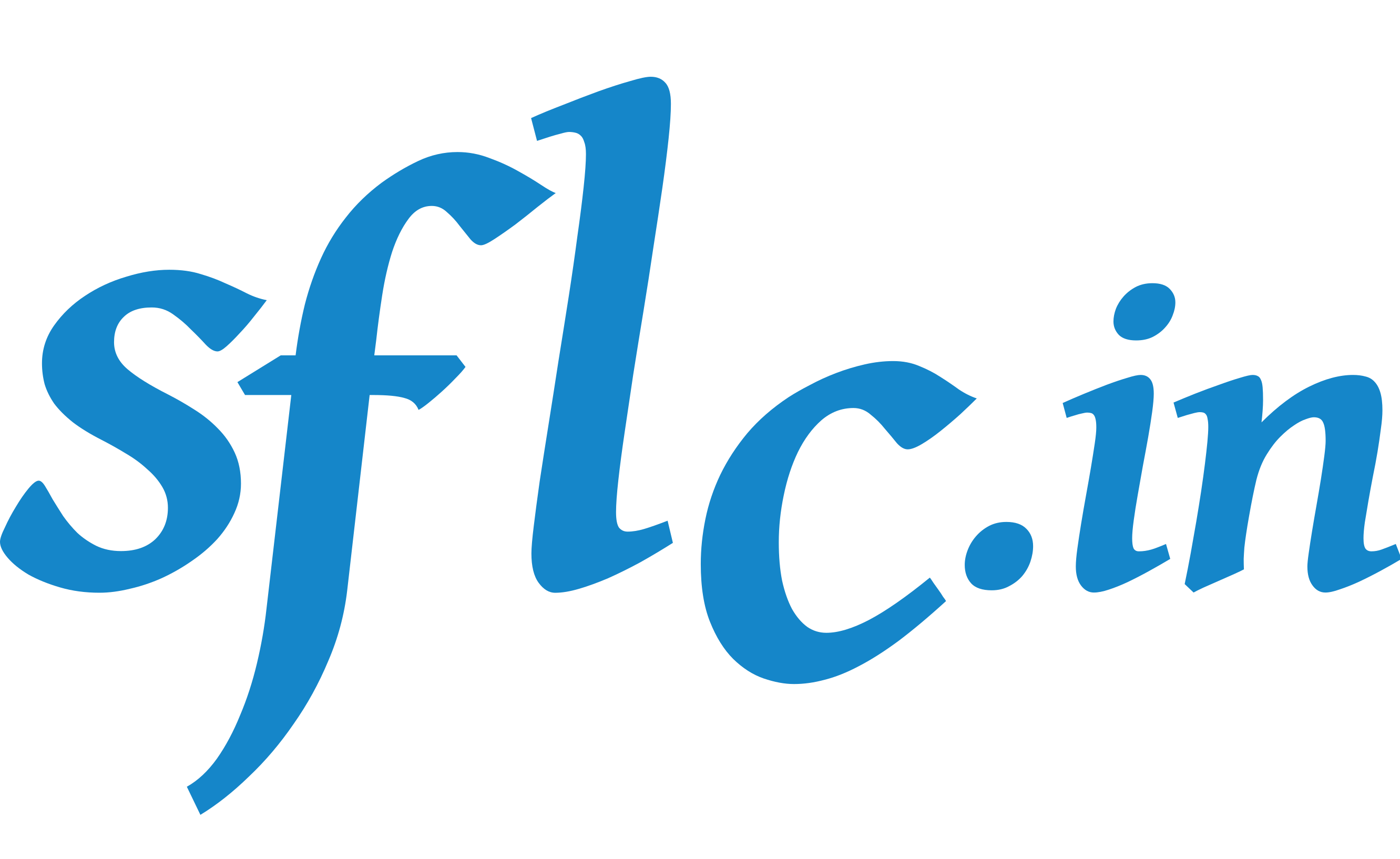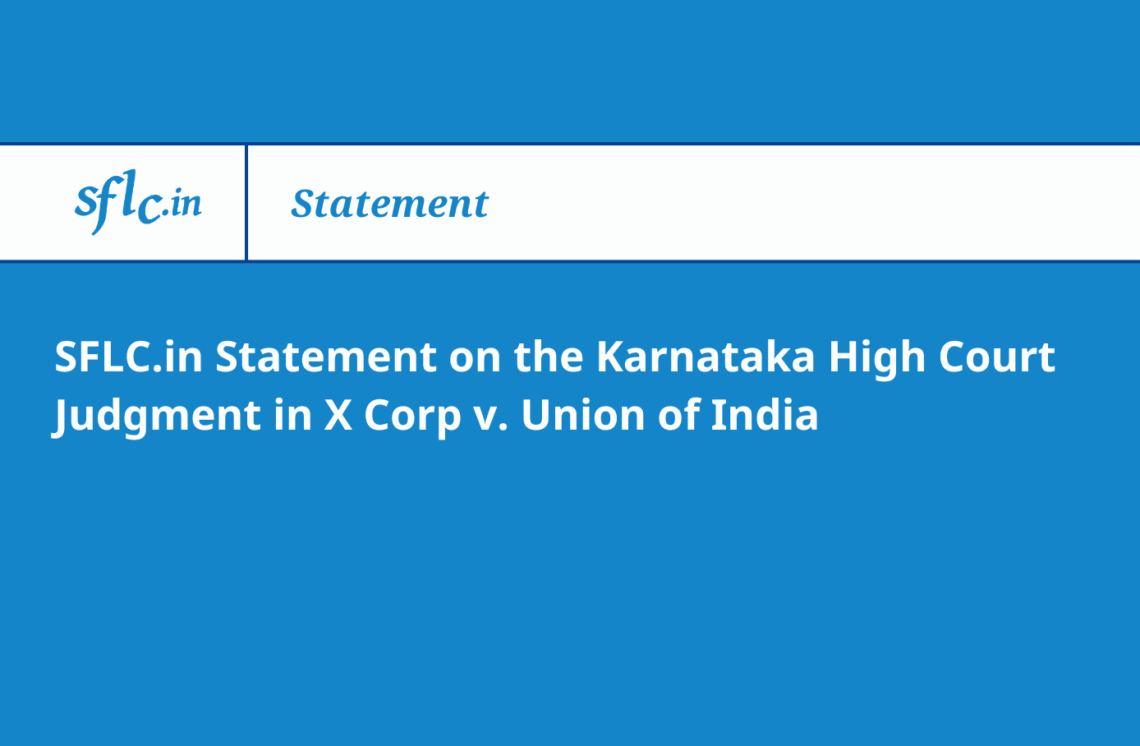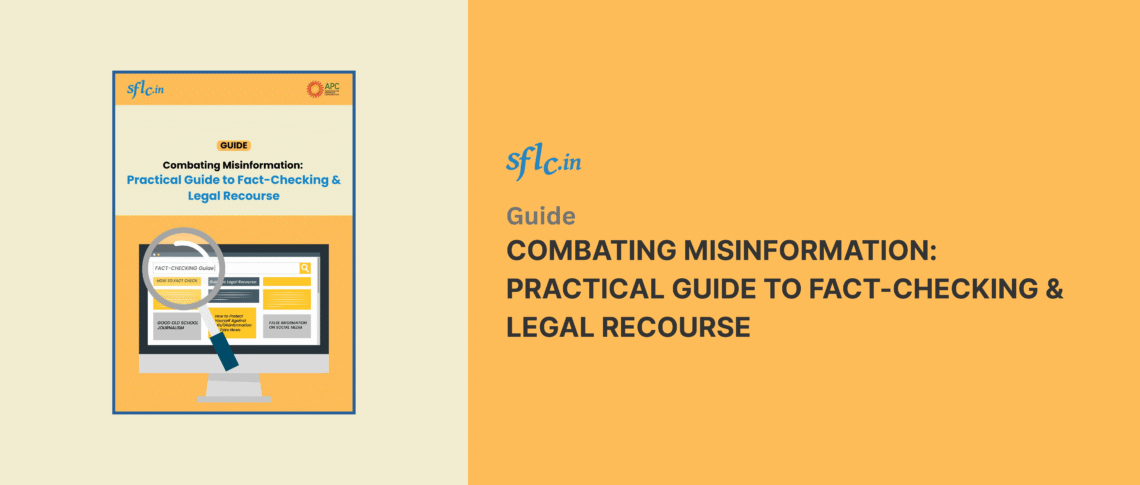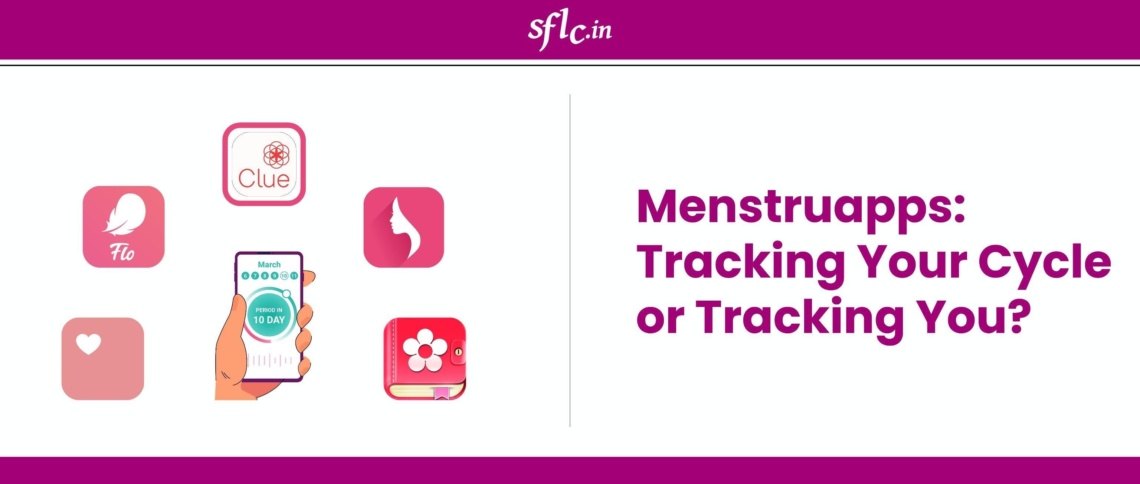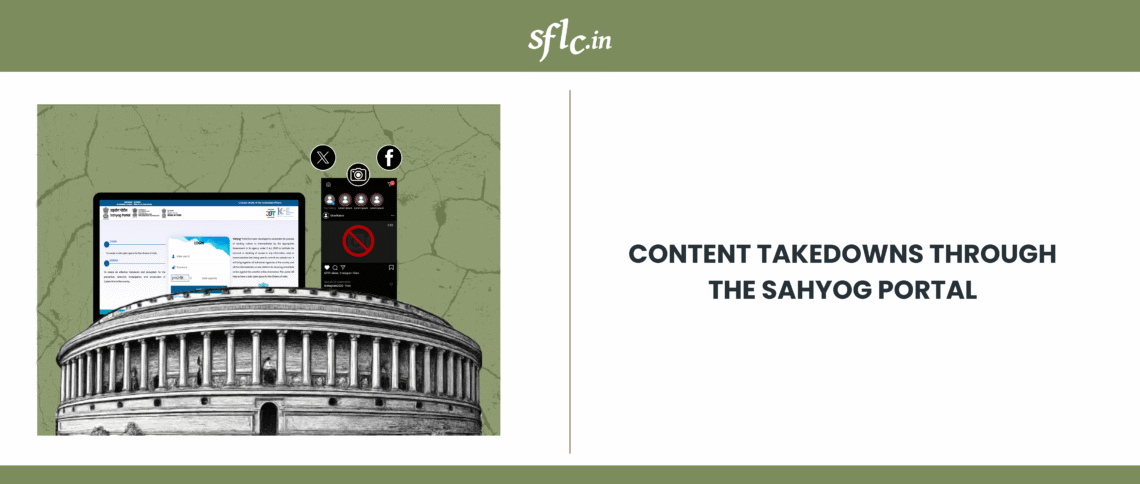The recent judgment of the Hon’ble Karnataka High Court in X Corp v. Union of India upholding the Sahyog Portal and Rule 3(1)(d) of the IT Rules, 2021 raises important issues concerning the protection of constitutional digital rights in India. While SFLC.in recognises and respects the judicial process and the intricate regulatory challenges in the digital era, we express certain observations relating to the potential consequences of the Court’s reasoning on free speech, procedural safeguards, and constitutional guarantees.
Procedural Safeguards and Due Process
The Supreme Court’s judgment in Shreya Singhal v. Union of India (2015) remains the cornerstone for all online content takedown power under Indian law. The Court upheld that content blocking orders by the government must strictly adhere to the procedures under Section 69A of the IT Act, 2000 and the Blocking Rules, 2009. These procedures are explicitly designed in compliance with the principles of natural justice, including the right to notice, the right to be heard, issuance of reasoned orders, and the right of aggrieved persons to receive a copy of the blocking order and to seek judicial review.
Shreya Singhal was not restricted to the 2011 Intermediary Rules alone but extensively addressed Section 66A, Section 69A, and the Blocking Rules, 2009. The judgment highlighted the essential role of safeguards to prevent arbitrary censorship and ensured balance between regulation and free speech rights.
Contrary to this established framework, the Sahyog Portal currently allows Nodal Officers without a full procedure akin to Rules 8 and 9 of the 2009 Blocking Rules to issue takedown requests. This bypasses the critical step of a rigorous, transparent process to ascertain the necessity and legality of blocking content. The seemingly summary function of the Sahyog Portal removes safeguards for the aggrieved party’s right to receive information about the alleged violation or to challenge takedown decisions effectively.
Protection of Indian Citizens’ Rights
Beyond Article 19(1)(a)’s guarantee of freedom of speech and expression, Indian citizens are constitutionally entitled to the right to receive information, an essential corollary to the freedom of speech. Under the current operation of the Sahyog Portal, the exercise of this right is effectively curtailed, as content can be removed without prior notice, copy of the blocking order, or opportunity to be heard.
The judgment appears to have understated the profound consequences such a regime has on Indian citizens, journalists, and digital media publishers who rely on protected speech and expression under Articles 19(1)(a) and 19(1)(g). The rights of these individuals is imperiled when content posted in India is subjected to summary removal.
Risk of Parallel and Fragmented Regulatory Regimes
The validation of content blocking via Section 79(3)(b) outside the procedural framework of Section 69A and through multiple executive agencies collected under the Sahyog Portal raises concerns over fragmented, inconsistent, and opaque governance of online speech. This parallel enforcement mechanism may lead to varied standards, lack of uniformity, and insufficient legal clarity, thereby increasing the likelihood of overreach and unwarranted silencing of digital expression.
Observations on Comparative Jurisprudence
The Court’s approach to foreign jurisprudence is understandably cautious; however, the selective reliance on American and European case law to sustain the need for speech regulation, while discounting such perspectives when protective of free speech, may constrain the comprehensive development of Indian digital constitutionalism. A more holistic engagement with global jurisprudence and best practices would better serve India’s evolving digital rights landscape.
Closing Reflections
SFLC.in observes that the ongoing efforts to regulate digital content must be tempered by the imperative to uphold constitutional freedoms and procedural justice. The present judgment underscores the critical need for transparent, accountable, and citizen-centric mechanisms that balance the State’s interest in addressing unlawful material with the fundamental liberties guaranteed by the Constitution.
In this spirit, it is vital that courts, policymakers, and stakeholders remain mindful of ensuring procedural rigor, safeguarding individual rights, and fostering broad-based dialogues that reflect the multiplicity of voices in India’s digital public sphere.
About SFLC.in:
SFLC.in is the first Indian legal services organization that works exclusively on technology, law, and policy. As a not-for-profit organization engaged in the empowerment of Indian citizens of their digital freedom and rights, it operates as a collective bringing together different stakeholders to a common platform to further the cause of digital rights. We promote innovation and open access to knowledge by helping policy makers make informed and just decisions regarding the use and adoption of technology.
